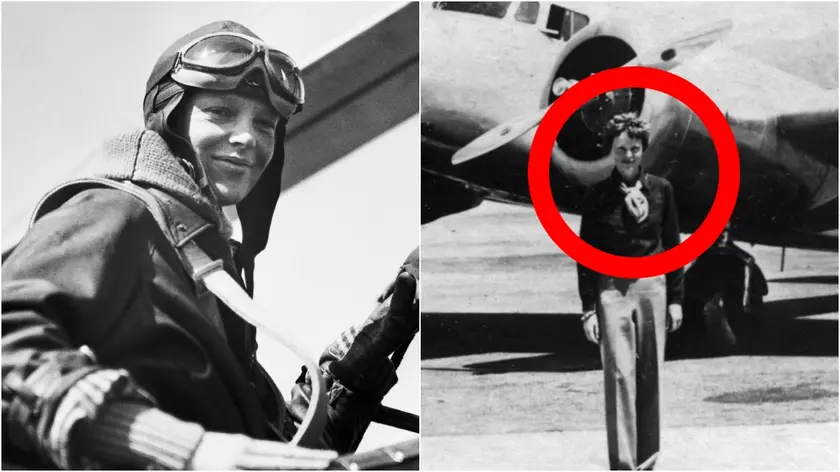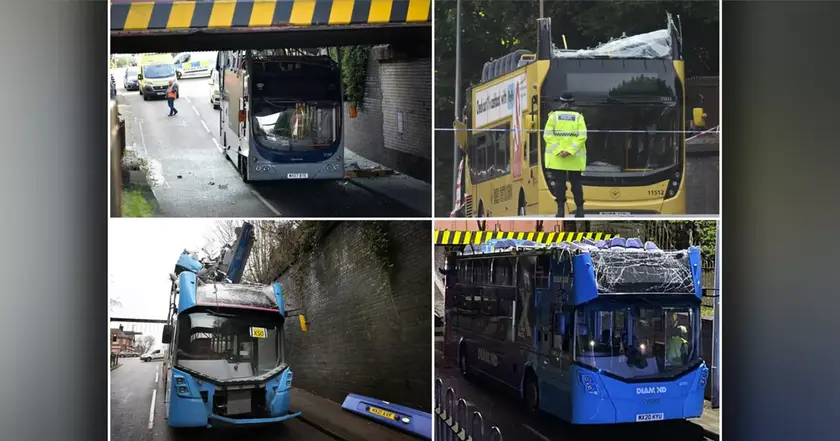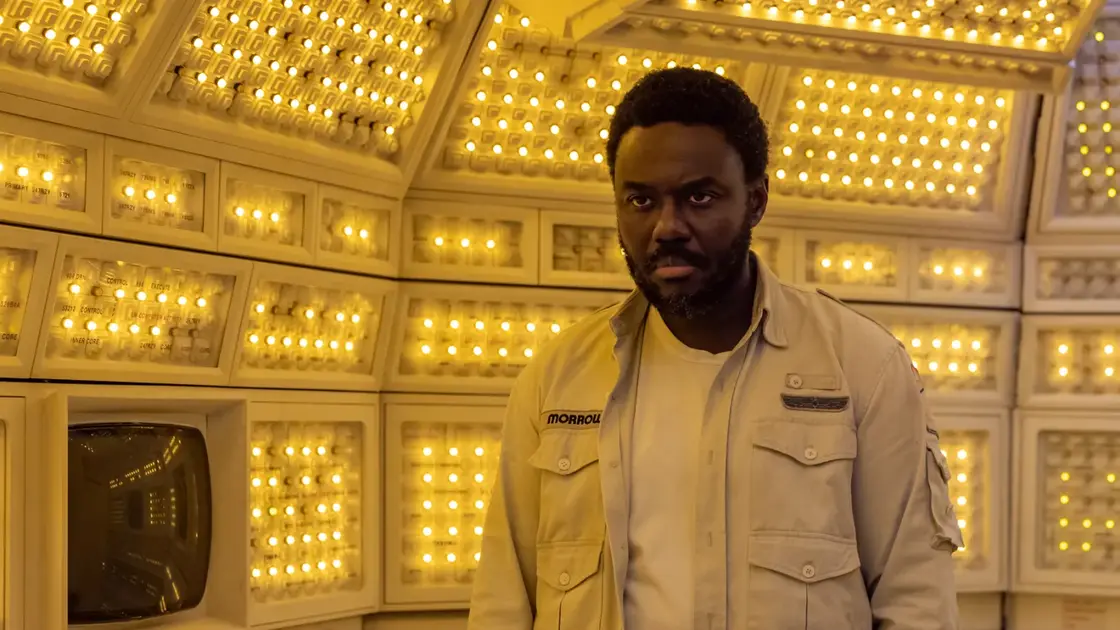T4K3.news
New Earhart crash site claim
A pilot claims to have located Earhart's crash site near Nikumaroro, prompting renewed debate.

A pilot claims to have found Earhart's crash site near Nikumaroro, reviving a decades old mystery.
New Earhart Crash Site Claim Faces Scrutiny
Amelia Earhart vanished in 1937 during a world flight and has never been found. The search for her plane has sparked theories for decades. Recently Justin Myers, a fellow pilot, told Popular Mechanics he traced a possible crash site near Nikumaroro Island using Google Maps and measurements from a vintage twin engine aircraft. He says the object could be man made and cites a ~39 ft measurement and a 110 ft offset as part of his reasoning, while stopping short of a formal confirmation that it is Earhart's Electra.
Experts have not verified the find. Independent verification would require on site examination, archival research, and perhaps archaeological assessment. Nikumaroro Island has long been a favored location for Earhart researchers, though the current claim has not been validated. The broader reality remains unknown and many theories persist, from weather and fuel issues to possible government or military involvement. The piece highlights the gap between a map observation and solid proof, and it invites readers to await independent confirmation.
Key Takeaways
"The bottom line is this could be a 12 metre vintage aircraft"
Myers describes why he believes the object may be wreckage
"I was just putting myself in Amelia and Fred’s shoes"
Myers explains his mindset while evaluating the find
"It looked man made, it looked like a section of aircraft fuselage"
Description of the observed object
"The reality is that the mystery of what happened to Earhart remains completely unknown"
The article notes there is no confirmed evidence
The episode shows how public fascination with a historic mystery can outpace careful science. Maps and online tools can spark new questions, but history still needs field work and archival digging to separate signal from noise. Amateur sleuths can push the conversation forward, yet credibility rests on verifiable evidence.
If a credible find emerges, it must be tested by historians, archaeologists, and authorities. The Earhart case remains a living memory with strong public interest, but quick conclusions from a map image risk misinforming audiences and misdirecting research funding. The balance between curiosity and rigor is what preserves history’s integrity.
Highlights
- Proof beats claims even when the map tempts
- History demands boots on the ground not clicks on a screen
- Curiosity must meet rigorous verification
- The past keeps its secrets until evidence speaks
Earhart claim raises public reaction risk
The claim draws attention without independent verification, risking public misunderstanding and pressure on researchers to confirm findings.
History moves forward when verification guides the story
Enjoyed this? Let your friends know!
Related News

Evidence emerges for Earhart plane on Nikumaroro

Third bus crash under Salford bridge leaves passengers injured

Ukrainian drones disrupt Moscow

Merseyside jails 66 criminals in July

Musk faces new legal actions over Tesla self driving claims

BrewDog to close several pubs amid industry pressures

Peace agreement signed in Washington

Alien Earth Review Update
